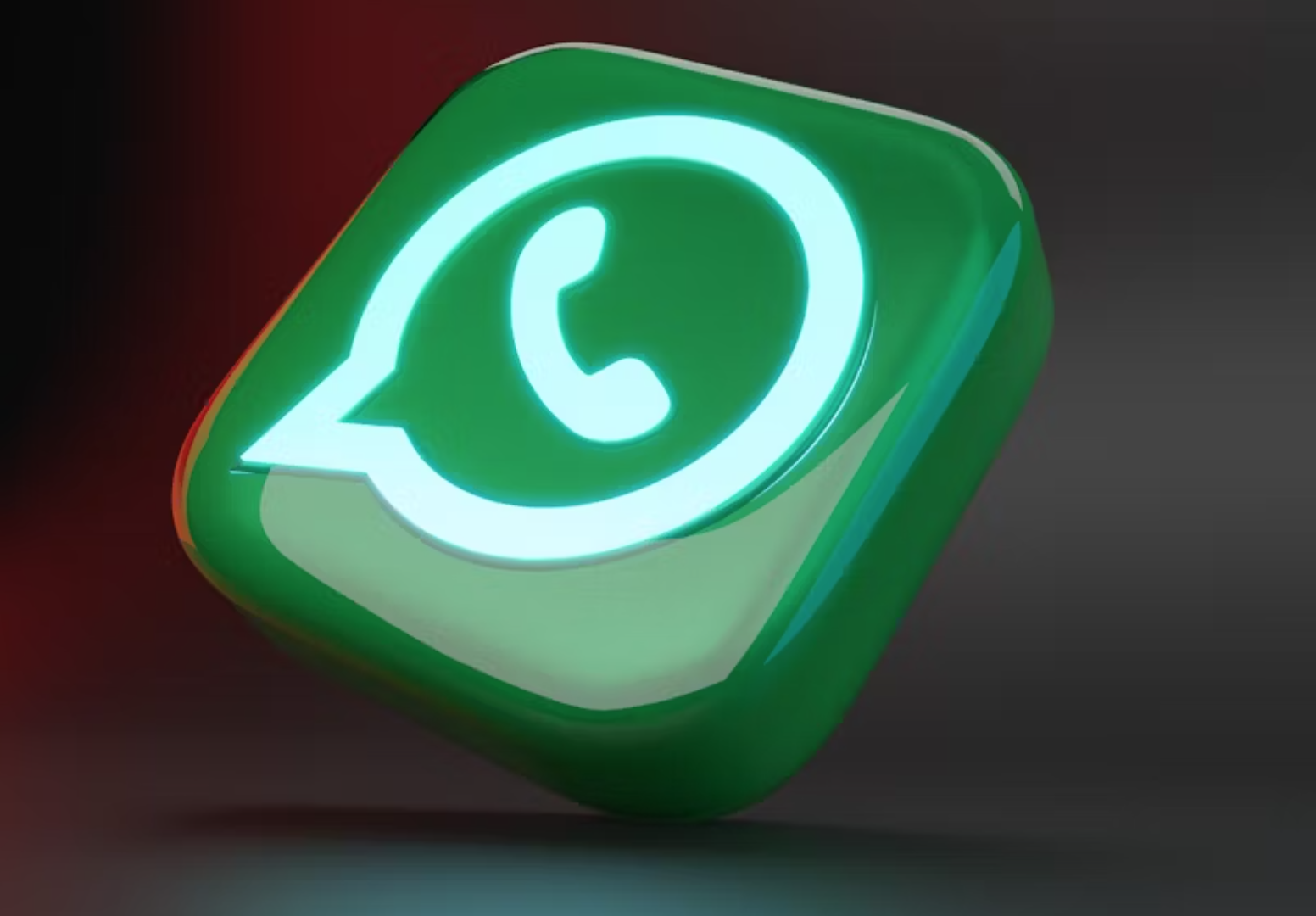The use of live chat and messaging apps is constantly increasing. Many businesses are adopting these customer service channels, as more of their customers prefer contacting them in this way. Customers are expecting to see the live chat button on a website they are visiting, no matter the field – eCommerce, banking, health centers, governments, etc.
Since both live chat and messaging are there to serve the same purpose and they might seem like the same thing, people get confused about what the difference between them is. In this article, we will reveal how to differentiate them and how to use them so that you get the most of them for your business.
What is Live Chat?
We see the live chat on most of the websites and we expect it to be there when we are visiting any kind of website. Today, more than 41% of visitors expect to see the live chat available on your website and the percentage goes up to 50% for mobile device users.
The live chat button gives people a feeling of relief that if they have questions or something happens, there will be someone there to help them. This directly raises customers’ trust in the brand as they know they will be supported by the company if needed.
Live chat is a conversation platform that allows companies to connect with their customers in an instant and far easier way. It provides real-time, one-on-one conversations with customers. It is synchronous and session-based.
This means that both the agent and the visitor need to be online and active to have the conversation. Otherwise, the chat will be closed and this will end the session. Once the session ends, the visitor will not be able to see the previous messages, if they start a new chat.
What is Messaging?
We all use messaging apps to communicate with each other every day. The apps we use are WhatsApp, Facebook Messenger, Viber, WeChat, etc. And people are getting more comfortable with using these apps to communicate with businesses as well.
It is far easier for someone that is not currently using a desktop device, to get in touch with a company, without the need to actually call their phone number or visit their website. All they need to do is open the messaging app they are using the most and reach out to your business.
With messaging apps, the whole conversation is saved and both the agent and the visitor can refer to it at any time. This way, the visitor will not need to explain something more than once. And the company will be able to build a much clearer overall picture of their customers.
Moreover, with some apps, the company will have access to the customer’s name, which makes it even more personal. And 75% of consumers say they are more likely to buy from a brand that knows their names and history. This strengthens the relationship with the customer big time.
The messaging happens in the chosen messaging app, and it is asynchronous. This means that the customer won’t need to be constantly online to receive the reply from the agent, nor the agent needs to be online to receive the customer’s question. It is like a whole new, much better version of the email.
So, What Are the Differences?
Live chat and messaging are both there to make the connection with your customers easier and better. They play on the same team, and even though there are features of messaging that live chat is to adopt soon, there are still a few differences between them. Here they are:
-
Synchronous vs. Asynchronous
Live chat conversations are synchronous, meaning it is session-based and both parties need to be online for the conversation to happen. Messaging’s conversations are asynchronous – they are ongoing, “never-ending” and the requirement of being online does not apply here.
-
Devices Range
Live chat can be reached by customers only via your business’ website – desktop or mobile. In order for the chat to be active, the website should remain open on the visitor’s side. With messaging, customers don’t need to reach your website to get in touch with your business. They just need to use the messaging app and they can use it on desktop or mobile devices. They can also switch between them during the conversation without losing the transcript.
-
Availability
It is possible to have live chat available 24/7, however, this means having your agents work during the night. Most of the time, in order to cover such hours, the chatbot comes into play. Or if there are no available agents, the chat button will not be available on the website. With messaging, there is the possibility to receive your customers’ messages even when you are not online. They won’t need to wait for your reply as well, they will simply be notified once they have your reply in the app.
-
Conversational History
Usually, with live chat, the conversation’s transcript is saved within the chat session. Sometimes it is possible to see the previous conversation with the same customer if they started the chat from the same IP address/device. But this can be visible only to the agent and not to the customer. With messaging apps, all conversations are available at all times for both the customer and the agent, and they can refer to them if needed.
Live Chat or Messaging – Which Is Better?
Live chat and messaging have been here for quite some time, especially live chat. They have proved and keep proving their convenience and simplicity. People keep preferring to have the option to contact any business by sending messages, instead of calling or sending emails.
It is always important to answer your customers’ demands. One such demand is having this easier option of getting in touch with your brand. Companies all over the world are making sure they are covering these demands. The easiest way to do that is by combining the pros of both live chat and messaging. The best thing is to be available on all channels your customers might be on.
So, why not have a great combination of live chat and messaging apps? Start here!


